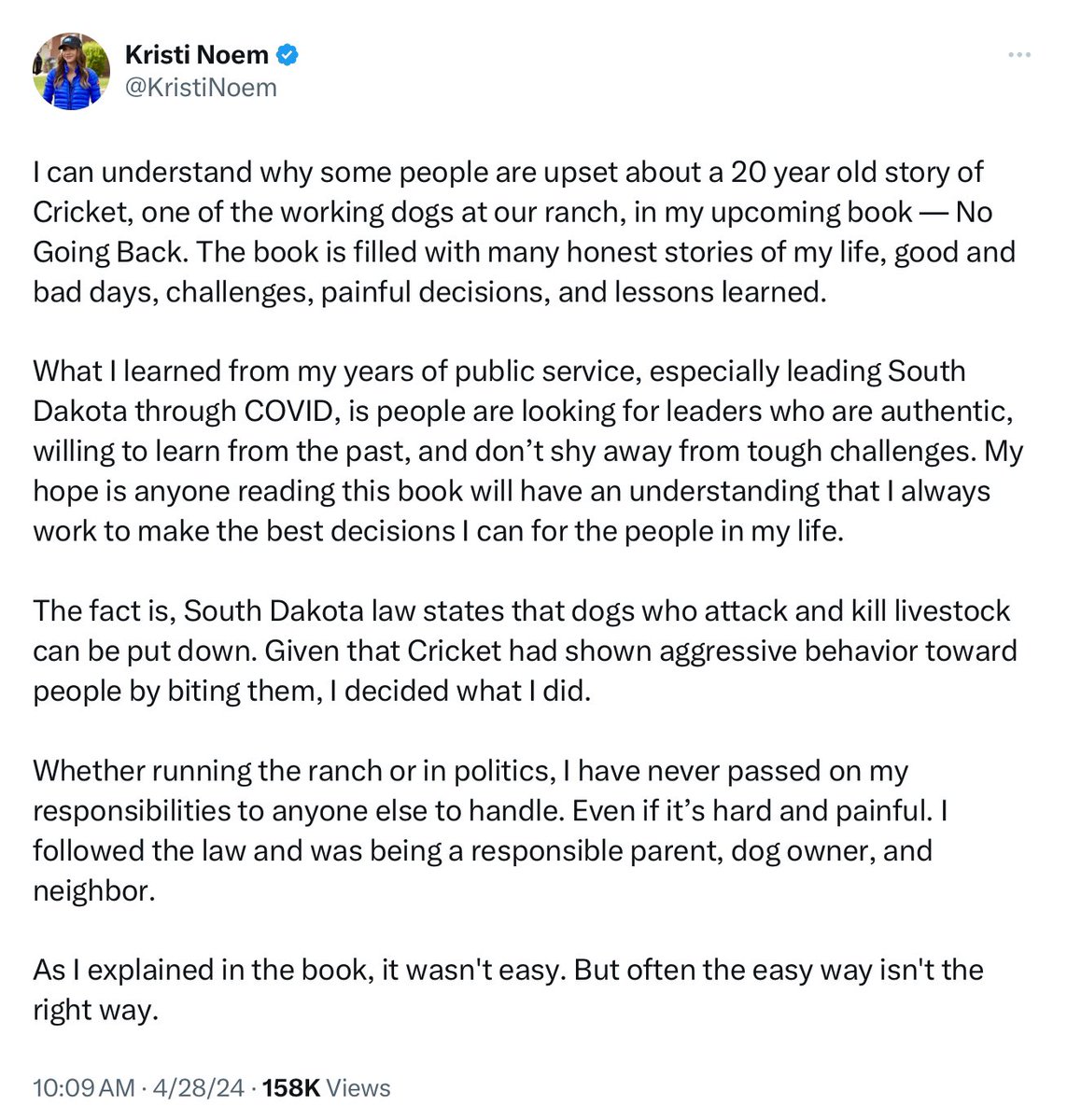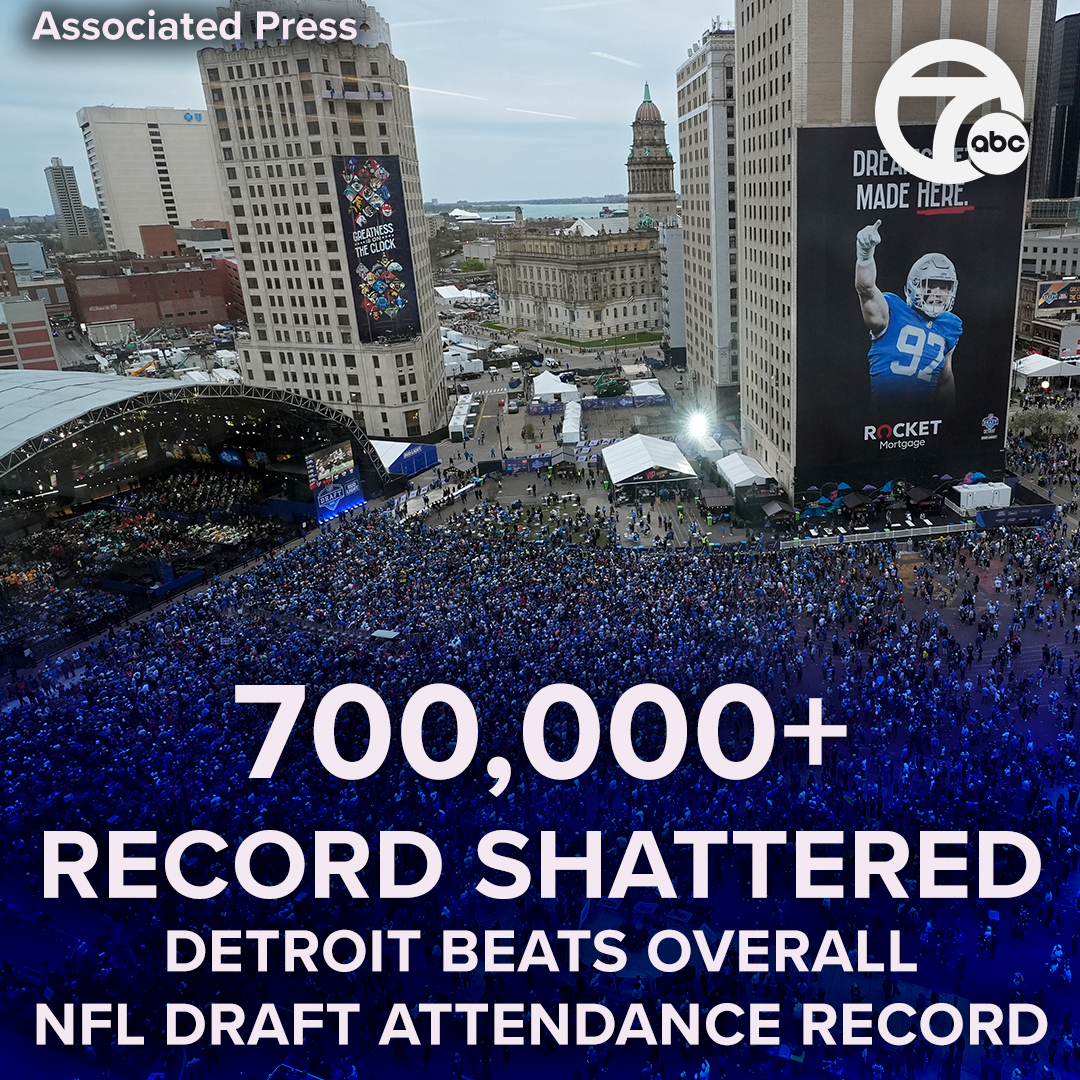Welcome to DU!
The truly grassroots left-of-center political community where regular people, not algorithms, drive the discussions and set the standards.
Join the community:
Create a free account
Support DU (and get rid of ads!):
Become a Star Member
Latest Breaking News
General Discussion
The DU Lounge
All Forums
Issue Forums
Culture Forums
Alliance Forums
Region Forums
Support Forums
Help & Search
demmiblue
demmiblue's Journal
demmiblue's Journal
April 28, 2024
https://twitter.com/yashar/status/1784707027442536796
BREAKING Israeli and foreign officials believe that the International Criminal Court is preparing arrest warrants for
BREAKING
Israeli and foreign officials believe that the International Criminal Court is preparing arrest warrants for top Israeli AND Hamas officials.
If the court proceeds, the Israeli officials could potentially be accused of preventing the delivery of humanitarian aid to the Gaza Strip and pursuing an excessively harsh response to the Hamas-led Oct. 7 attacks on Israel.
The Israeli officials, who are worried about the potential fallout from such a case, said they believe that Prime Minister Benjamin Netanyahu is among those who might be named in a warrant. It is not clear who might be charged from Hamas.
Gift Link: bit.ly/3xVW1OR
Israeli and foreign officials believe that the International Criminal Court is preparing arrest warrants for top Israeli AND Hamas officials.
If the court proceeds, the Israeli officials could potentially be accused of preventing the delivery of humanitarian aid to the Gaza Strip and pursuing an excessively harsh response to the Hamas-led Oct. 7 attacks on Israel.
The Israeli officials, who are worried about the potential fallout from such a case, said they believe that Prime Minister Benjamin Netanyahu is among those who might be named in a warrant. It is not clear who might be charged from Hamas.
Gift Link: bit.ly/3xVW1OR
https://twitter.com/yashar/status/1784707027442536796
April 28, 2024
Will Ferrell & Chili Peppers' Chad Smith go head-to-head in a drum-off!
https://twitter.com/FallonTonight/status/1784595173638619157
April 28, 2024

https://twitter.com/yashar/status/1784641267550629955

Governor Kristi Noem issues a new statement justifying her decision to murder a puppy.

https://twitter.com/yashar/status/1784641267550629955

April 28, 2024

Colin Jost just buried Lara Trump 🤣💀
https://twitter.com/WUTangKids/status/1784413180430569916
April 28, 2024

https://twitter.com/RonFilipkowski/status/1784549373608624310
https://twitter.com/BidenHQ/status/1784408404695351489
Poor guy crying at 1:05 AM (the six-year-old).

https://twitter.com/RonFilipkowski/status/1784549373608624310
https://twitter.com/BidenHQ/status/1784408404695351489
April 28, 2024
Decency (Colin Jost... very touching)
https://twitter.com/brianstelter/status/1784416511081205844
April 28, 2024
https://twitter.com/acyn/status/1784408526783398161

Biden: If congress were theater, they'd have thrown out Lauren Boebert...
Biden: Look, being here is a reminder that folks think what is going on in congress is political theater. That is not true. If congress were theater, they have thrown out Lauren Boebert a long time ago
https://twitter.com/acyn/status/1784408526783398161
April 27, 2024

https://twitter.com/wxyzdetroit/status/1784275091682947511

DETROIT. YOU DID IT! More than 700,000 people have attended the NFL Draft so far, shattering the previous attendance...
DETROIT. YOU DID IT! More than 700,000 people have attended the NFL Draft so far, shattering the previous attendance record of 600,000 set in 2019 by Nashville!

https://twitter.com/wxyzdetroit/status/1784275091682947511

April 26, 2024
The Beastie Boys' 'So What'cha Want' -by The Muppets
https://twitter.com/RexChapman/status/1783617308184981642
April 26, 2024
https://twitter.com/daveweigel/status/1783914785752371406
https://twitter.com/itdbitd/status/1783916057121390965
...she (Jill Stein) says "homeland," not "Poland" (and the guy behind her repeats "homeland").
Noted on another thread that she says "homeland," not "Poland" (and the guy behind her repeats "homeland" ). The less interesting point here - everybody uses these AI auto-captions now and they get stuff wrong. (The fact that this is Stein's own video is "proof" she said Poland.)
So, yes, it's Stein's fault that she uploaded a video with these captions that changed her word into "Poland" - check your stuff before you share it with everybody!
But "Poland" has a "P" in it, she didn't say that in the clip,
But "Poland" has a "P" in it, she didn't say that in the clip,
https://twitter.com/daveweigel/status/1783914785752371406
https://twitter.com/itdbitd/status/1783916057121390965
Profile Information
Member since: Thu Feb 14, 2008, 11:58 AMNumber of posts: 36,865